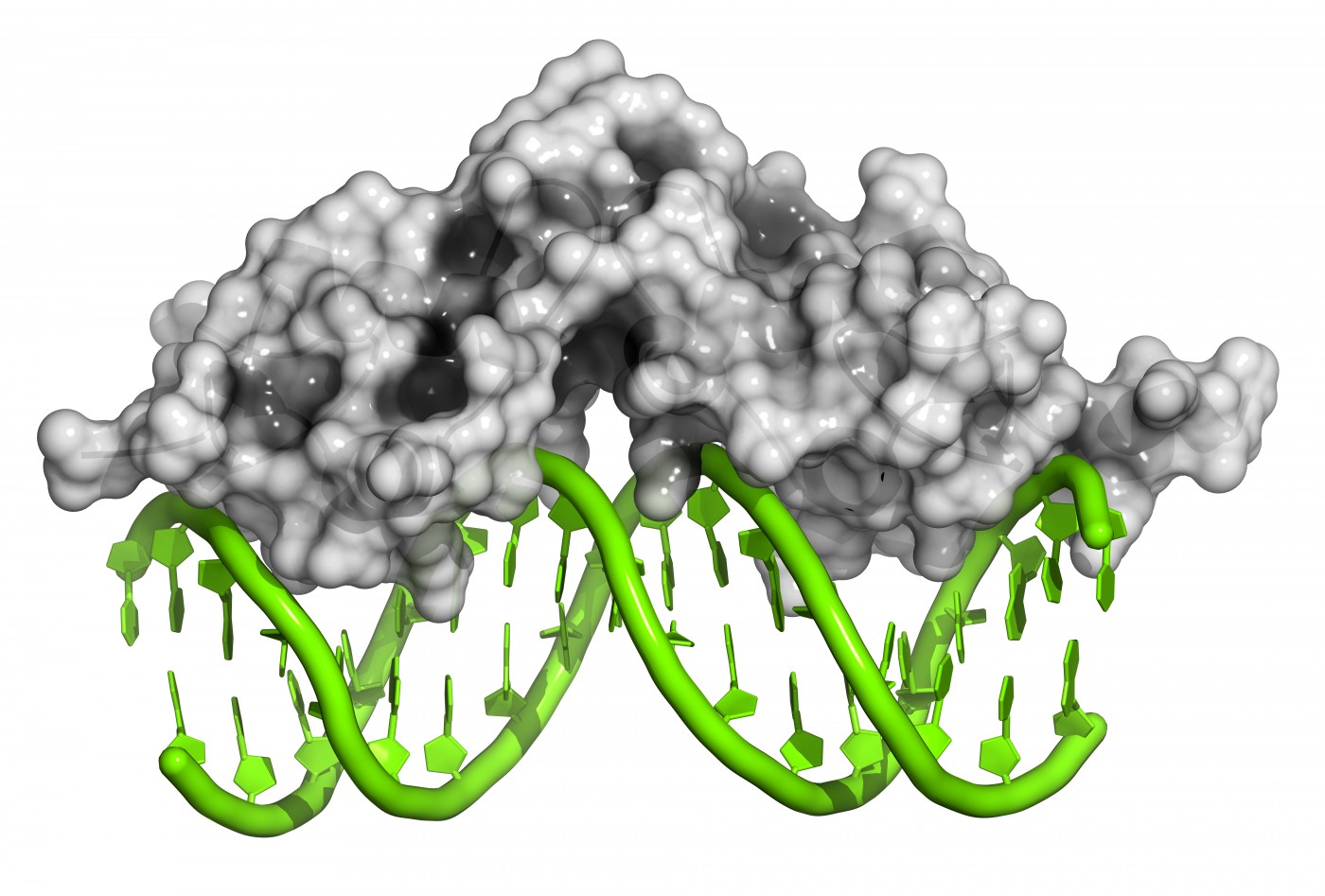DNA Mutation Induced By Friedreich’s Ataxia Repeats

A long string of DNA repeats are the molecular basis for Friedreich’s ataxia. The beginning of the first intron of FXN, the gene encoding the protein frataxin, has an abnormally large number of GAA repeats in Friedreich’s ataxia patients compared to normal individuals. A large body of evidence shows that DNA repeats increase the chance for mutations in surrounding segments of DNA, partly due to the chromosomal instability of the repeat mutations, and this phenomenon is termed repeat-induced mutagenesis (RIM).
Dr. Kartik Shah and Dr. Sergei Mirkin in the Department of Biology at Tufts University are working to understand RIM. They recently reviewed the experimental data that support the scientific basis of RIM in the article, “The Hidden Side of Unstable DNA Repeats: Mutagenesis at a Distance,” which was published in the journal DNA Repair.
Focusing specifically on the GAA repeats in Friedreich’s ataxia, RIM may occur at least three times more often in cells derived from Friedreich’s ataxia patients. The number of repeat units also makes a difference: doubling the number of repeats increases mutation rate 100-fold. These mutations usually come in the form of single nucleotide alterations that are within 1 kilobases of the repeats in either direction.
More than just the DNA repeats themselves can affect the rate of RIM. DNA polymerases that read and synthesize DNA can lead to RIM mutations around the GAA repeats. RIM related to GAA repeats is most often caused by polymerase zeta.
To note, frataxin deficiency is due largely to the macro changes in DNA resulting from GAA repeats. The repeat units can form structures that block transcriptional elongation, a necessary step leading up to protein synthesis. However, by understanding the mechanisms behind RIM related to GAA repeats, researchers may be able to exploit genetic engineering techniques to develop new treatments for Friedreich’s ataxia.






